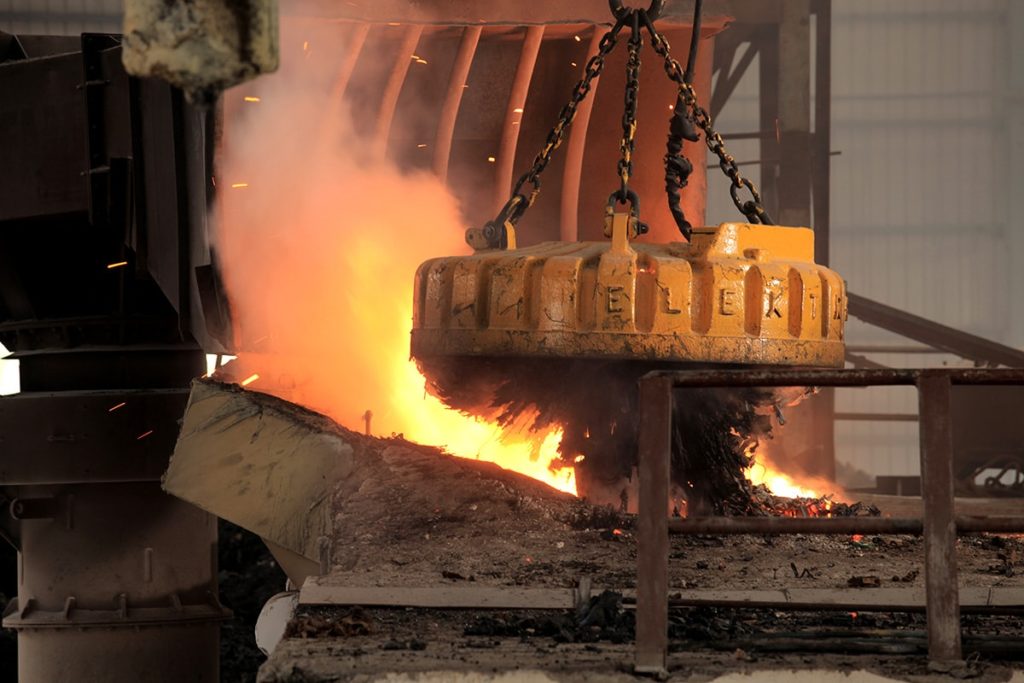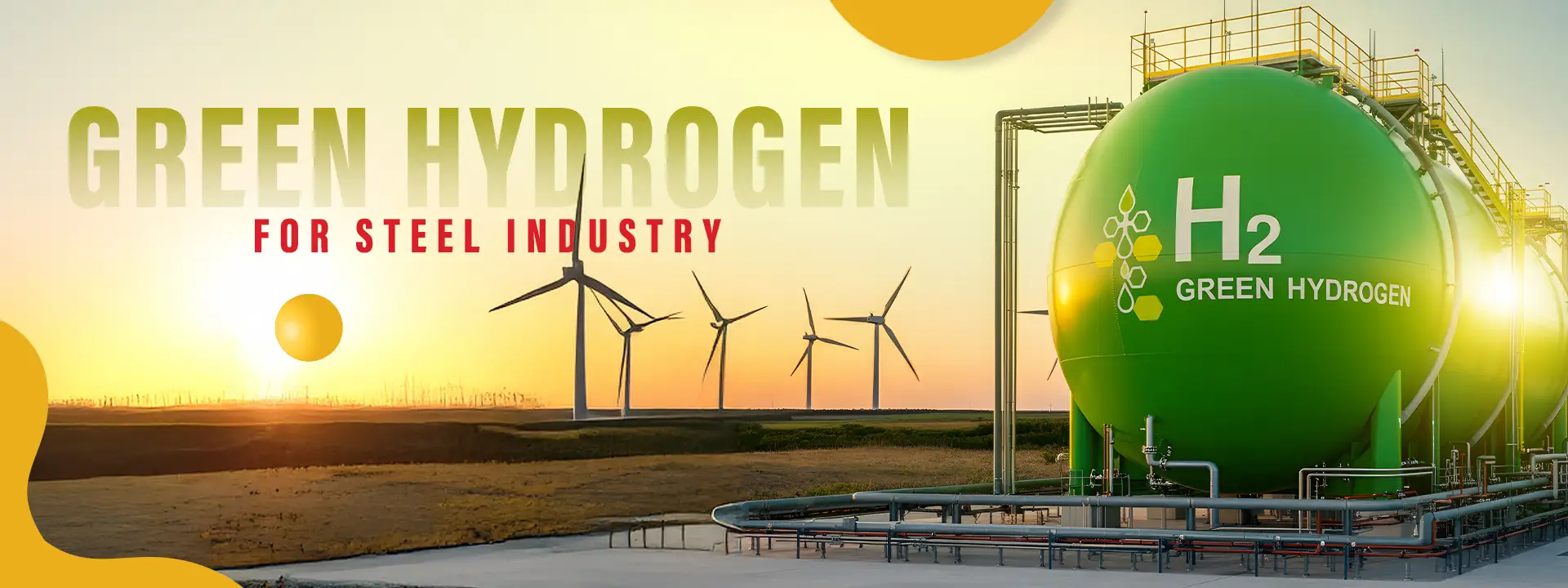Green Hydrogen Production Meeting
The fourth Global Renewable Energy Investors’ Meet was held in Gujarat on September 17th, hosted by the Indian government’s Ministry of New and Renewable Energy. The Gujarat government organized this important event, which served as a wonderful illustration of the state’s dedication to supporting the National Green Hydrogen Mission of India. Gujarat has emerged as India’s most notable city in the field of renewable energy, and the energy industry has established Gujarat as a major role in the implementation of the National Green Hydrogen Mission. In order to work with stakeholders and industry leaders to accomplish the challenging objectives outlined in the National Green Hydrogen Mission, this roundtable was an essential first step.
The roundtable also included presentations from creative entrepreneurs that offered different approaches to using wastewater and biomass to produce green hydrogen. These new businesses brought innovative viewpoints to the scaling up of ecologically friendly and economically viable green hydrogen solutions. The leaders of the industry and the startups say that the state will take their useful suggestions into consideration, reaffirming its commitment to taking the lead in the production of green hydrogen and creating jobs in the renewable energy sector.
Following Gujarat, the Government has planned a structure in the upcoming years to invest in Green Hydrogen for many sectors like steel, mobility pilot projects & shipping pilot projects. These three sectors will completely switch from using biomass to Green Hydrogen (approximately 5 MMT of Green Hydrogen ) in the next 5 to 10 years.
Green Hydrogen Effect On the Steel Industry
The initial outlay for the Mission will be around ₹ 1,466 crore for many industries. Also steel sectors will benefit from these Green Hydrogen Hubs and placing them in the steel plants and avoiding coal in steel production.

If the Green hydrogen generation produces 4,500 tonnes using renewable energy, it may reduce the steelmaker’s dependence on coal-fired energy by 50 per cent in the next 2-3 years. Integrating green energy and green hydrogen into the steel production process, will reduce the carbon footprint and lead to unwavering commitment to sustainable development and innovation.
Producing electricity from renewable energy sources like solar, wind and others will be the key factors to produce Green Hydrogen and reduce the carbon footprint. Also Steel Industries in India is one of the key players in economic growth.
